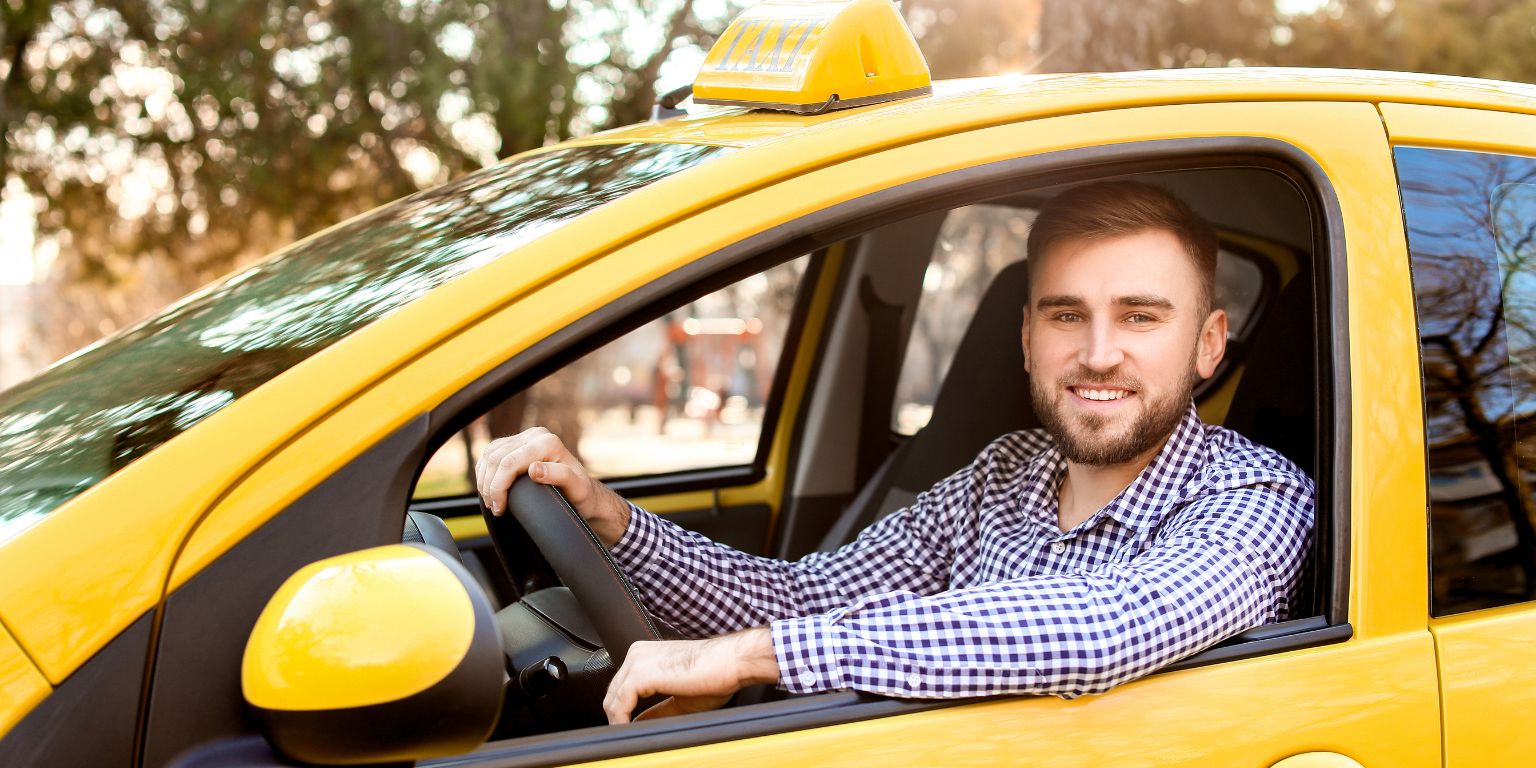You want to get from one place to another and wonder if it’s cheaper to take an Uber or just grab a taxi. That’s a smart thing to ask. This article walks you through a real answer without throwing too many numbers or confusing words at you. We’ll look at how prices work, when one option beats the other, and what to watch for before you hit that book button. In the end, you’ll have a better idea of what’s worth your money depending on where you are and what time it is.
How Uber and Taxi Prices Work
 Uber gives you the full cost before your ride starts. That includes your location, the time of day, how long or far you’re going, and if there’s a high demand in the area. If it’s busy, like during rush hour or a concert, the price can jump. That’s called surge pricing. Uber also adds a small booking or service fee to every ride.
Uber gives you the full cost before your ride starts. That includes your location, the time of day, how long or far you’re going, and if there’s a high demand in the area. If it’s busy, like during rush hour or a concert, the price can jump. That’s called surge pricing. Uber also adds a small booking or service fee to every ride.
Taxis work differently. You get in, and the meter starts ticking. The fare grows based on how long you ride and how far you go. There’s a set starting fare then extra per mile or per minute. Traffic matters a lot here. Even sitting in one spot can make the fare go up. Plus, you won’t see the total price until the ride is over.
So while Uber gives you a price up front, taxis don’t — but sometimes that surprise might work in your favor.
Is Uber Cheaper for Short Rides
Yes, most times it is. UberX usually beats taxis for short rides in cities or towns. That’s because taxis have a fixed starting fee that can be higher than the full Uber cost for short distance rides.
But not always. If it’s a busy time and Uber has surged its prices, that same short ride can end up costing way more than it should. That’s when grabbing a nearby taxi might be the smarter call.
Is Uber Cheaper for Long Rides
It depends on what time you’re riding and how far you’re going. Taxis can get expensive fast on long trips because they keep charging the whole time — especially if you get stuck in traffic or take slower routes.
Uber sometimes gives a better deal on long rides, especially if it’s outside of a busy area. But it also changes prices fast if there’s more demand. You could open the app, see one price, then refresh and it jumps. So it’s worth checking both options.
For longer trips, it makes sense to compare before you decide. Some Uber rides even give fixed fares if the app can predict the route well, and that can help keep things under control.
When Uber Gets More Expensive
Sometimes Uber costs way more than you’d expect. This usually happens during:
- Rush hours
- Bad weather like rain or snow
- Late nights and weekends
- Big events like football games or concerts
That’s when demand is high. The app raises prices so drivers get paid more. But for you as a rider, that could mean paying two or three times the normal price. Taxis don’t do that. Their rates usually stay the same all day.
Local Price Differences
Where you live or travel makes a big difference. In places like New York City, yellow taxis are often faster and cheaper — especially for short trips around town. But in smaller towns, taxis might not even be around or they might take forever to arrive. That’s when Uber is the easier and quicker option.
It’s always smart to open both apps or use a fare checker online. You might be surprised which one wins in your area.
Final Word: Which One Should You Take
For short rides in quiet times Uber is usually cheaper and faster. If you’re riding during busy times or going a long way you might want to check both apps. Taxis can work better in traffic since their price doesn’t jump based on demand. But they also keep the meter running.
The smart move is to always compare first. It doesn’t take long. If the Uber price looks high just open a taxi app or look around the street. You could save more than just a few bucks.
Have a ride tip or story to share Let others know what worked for you and help someone avoid a pricey mistake

